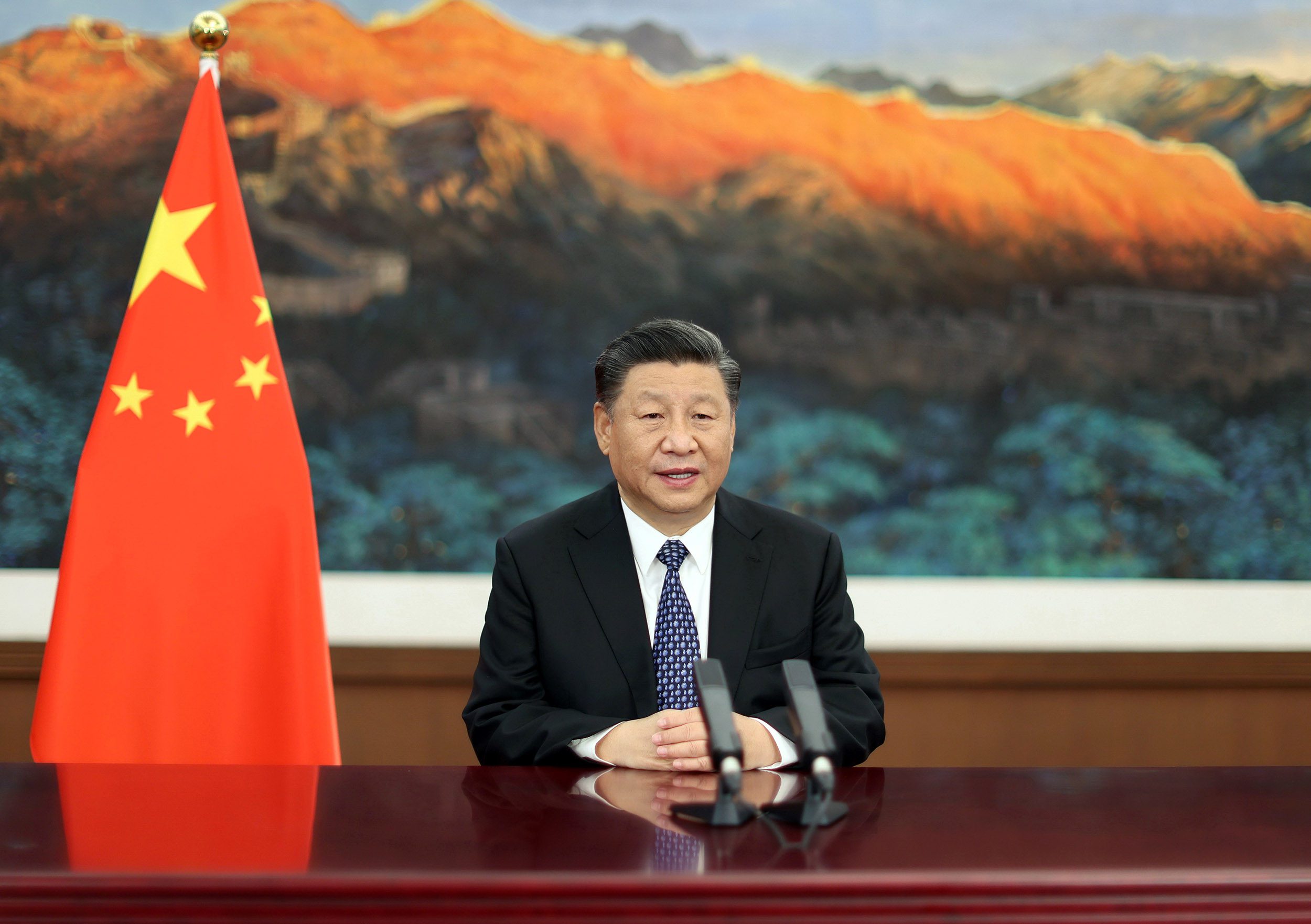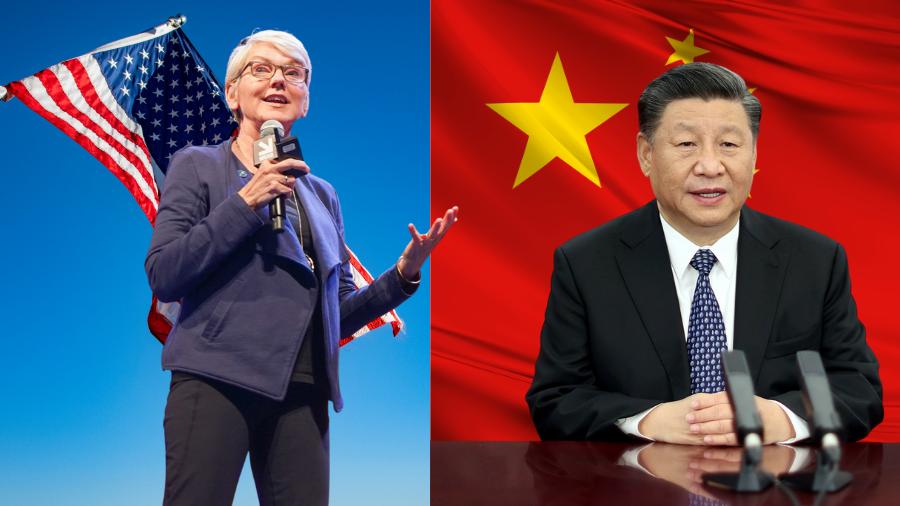Energy Secretary Jennifer Granholm Praises China for its efforts to combat climate change despite producing a lot of carbon emissions, along with the U.S.
On Friday, At SXSW Studio interview, TV host Wajahat Ali asked US energy secretary Jennifer Granholm how China and the US could be held accountable for the substantial climate damage they caused.
According to Granholm, the administration of President Joe Biden has been trying to get countries to agree to “very aggressive targets” to prevent global warming from exceeding 1.5 degrees Celsius, which is one of the goals of the Paris Climate Agreement.

“We want to reach net zero [emissions] by 2050, and we are urging other countries to do the same,” she said, adding that nations are susceptible to peer pressure because no country wants to be the “outlier.”
According to Granholm, Chinese initiatives have been noticeable. Still, the Climate Action Tracker concluded in November that China’s updated NDCs (nationally determined contributions), also known as National Climate Plans or targets, are “highly insufficient” and that global warming would be double the target if all countries followed the same route.
Climate Action Tracker estimates China’s emissions in 2021 will increase by 3.4 percent to 14.1 GtCO2e (1 billion tons of carbon dioxide), attributed to an increase in energy demand. China is responsible for nearly 25% of global greenhouse gas emissions, according to the Council on Foreign Relations (CFR) in 2021.
According to the U.S. Environmental Protection Agency, U.S. greenhouse gas emissions in that year totaled 6,347.7 million metric tons of carbon dioxide equivalents or 5,593.5 million metric tons of carbon dioxide equivalents.
She thinks that China has achieved its climate goals and that the world can learn from its climate policies. However, whether she refers to China’s global or domestic climate goals is still being determined.
What a BLAST to be at @SXSW to talk about the future of clean energy innovation. The technological advances on-hand + on the horizon are going to save lives, decrease costs, and increase security. It's SUCH an exciting time to work in energy⚡ Thanks for having me, Austin. #SXSW pic.twitter.com/kkzuDesYPk
— Secretary Jennifer Granholm (@SecGranholm) March 10, 2023
The Chinese have invested a lot of money in their solutions to reach their goals, she said on Friday. It’s encouraging to see how much money China invests in clean energy because we hope we can all learn from what they are doing.”
Relations between the U.S. and China have been tense for a long time, partially due to their differing opinions on Taiwanese sovereignty and military power, but have agreed to cooperate on climate change.
The United States and China signed a Joint Announcement on Climate Change in 2014, which was a key pillar in negotiating the Paris Agreement, according to a report by the London School of Economics (LSE).
In 2021, both nations signed the Joint Glasgow Declaration at COP26 to improve climate action in the 2020s. The Guardian reported that Beijing suspended bilateral climate talks related to this declaration last year when former House Speaker Nancy Pelosi visited Taiwan.
How China is Combating Climate Change

Some of China’s climate ambitions seem relevant to Granholm’s recent praise. According to The Guardian, the country has developed five-year plans to address climate change for each term of government. According to China’s 14th plan, it will reduce carbon emissions per unit of GDP by 65 percent between 2021 and 2025.
Also, Read | The five challenges that Biden will have to deal with
Moreover, Chinese banks have said they will not invest in new overseas coal projects. As Shuang Liu, senior associate at the World Resources Institute told the Asia Society recently, “We haven’t seen any new coal projects since September 2021, so this data also supports the progress on overseas coal investment.”
According to a London School of Economics report, China will have around 10 million new-energy vehicles by June 2022, including battery electrics, plug-in hybrids, and fuel cells. The Guardian reports that new wind power projects in China contributed greatly to the global increase in wind power.
It also announced that it would stop building coal-fired power plants abroad, which accounts for nearly two-thirds of China’s energy consumption, according to a World Bank 2022 report.







Add Comment